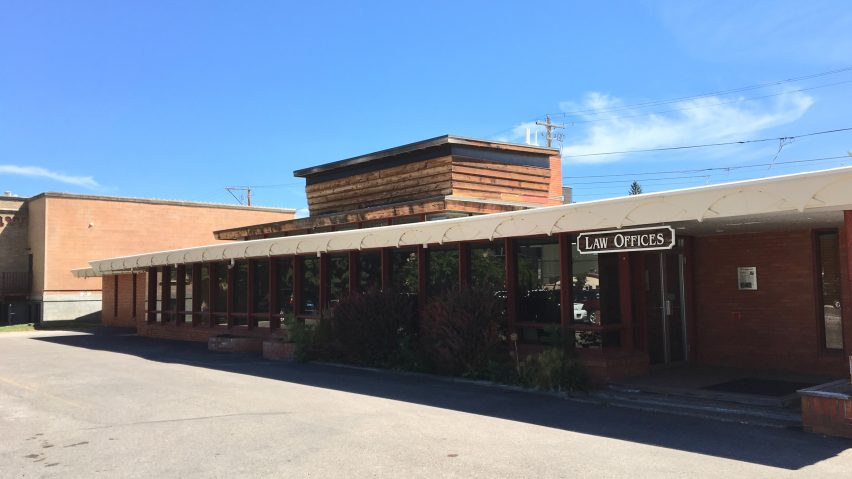
Bulldozer demolishes Frank Lloyd Wright medical centre in Montana
Despite major efforts from preservation groups, Frank Lloyd Wright's Lockridge Medical Clinic in Whitefish, Montana, has become the architect's first intact building to be destroyed in over 40 years.
The Lockridge Medical Clinic was bulldozed overnight on 10 January 2018, after nearly a year of campaigning from the Frank Lloyd Wright Building Conservancy (FLWBC) and the Montana Preservation Alliance to save it.
The groups believed they had until the end of this year to save the building – one of the modernist architect's last – but were shocked when on-site preparations to bulldoze it "began suddenly" on 3 January 2018.
After a plea was made to owner Mick Ruis, he agreed to halt plans as long as a cash buyer came forward with $1.7 million (£1.2 million) in seven days.
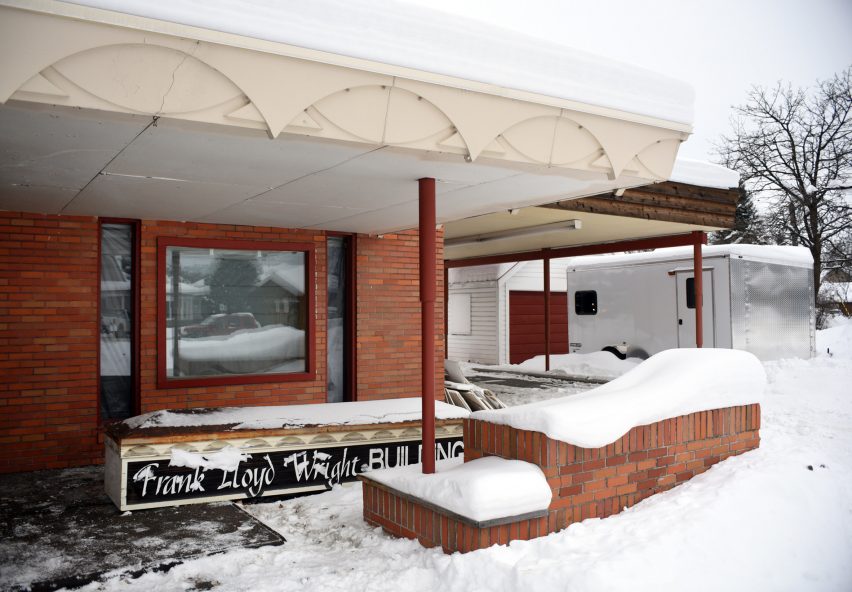
A full offer was provided on 8 January 2018, under the condition that it could be fully refunded after inspection of the building's interior – it was suspected that alterations to Wright's design had already taken place.
But Ruis rejected the sale, asking for a 50 per cent increase that would be non-refundable.
FLWBC – a non-profit based in Chicago – partner organisations, and local officials and businessmen, then sought to raise the additional funds. However, they said the time-frame was "near-impossible" and asked an extra week to launch a crowd-funding campaign.
"The board of directors of the Frank Lloyd Wright Building Conservancy agreed the owner's proposals provided no realistic path to acquiring the building, short of an investor willing to put down $1.7 million cash without reasonable time to complete their own due diligence on the property," said Barbara Gordon, executive director of the Frank Lloyd Wright Building Conservancy.
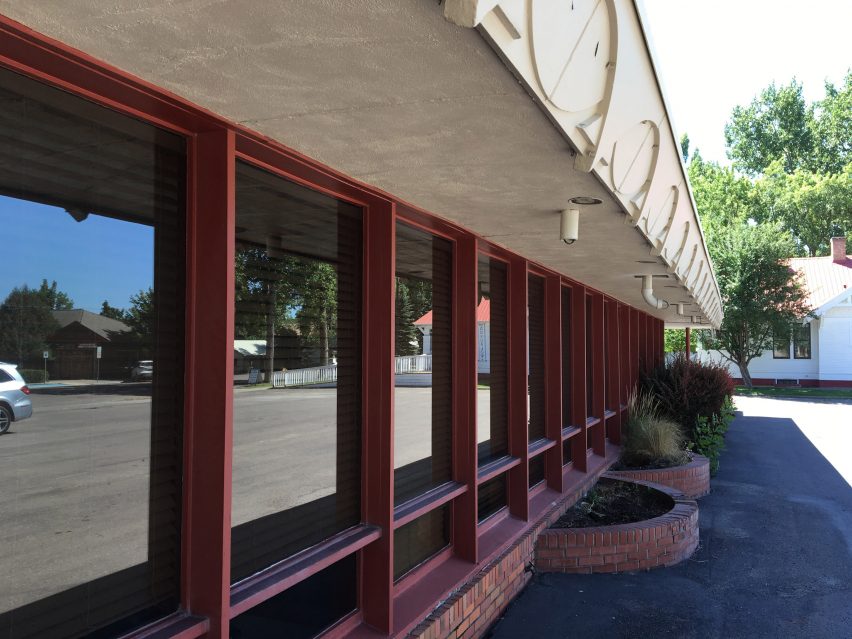
The appeal for a time extension, along with a request to save part of the building, was rejected, and the clinic was bulldozed shortly afterwards.
"We certainly attempted to make that happen alongside many other options we explored in the incredibly brief window of time we were given to find a new solution," Gordon continued.
"Complex commercial real estate transactions don't happen overnight, and we believe a realistic offer was submitted to the owner by his deadline that would allow the organisations working to save this building to continue to fully finance its purchase."
"We in the preservation community are all incredibly disappointed by this outcome, to say the least," she added.
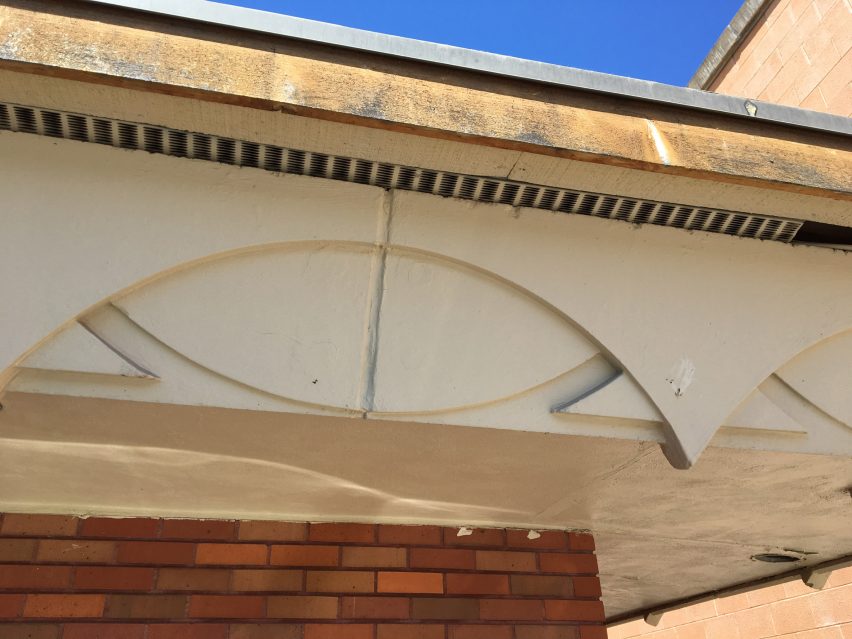
Ruis said that he was unaware of the clinic's architectural significance when he purchased it, with the aim build a three-story mixed-use development in its place.
Demolition plans were first uncovered in November 2016, when preservation organisations began working together on alternative solutions that would turn the building into a tourist attraction in Whitefish – a resort town located in the Rocky Mountains of northwest Montana.
Wright – one of the most prominent and prolific of the 20th century – designed the Lockridge Medical Clinic in 1958, before his death the following year. Later converted into offices, the building was listed on the National Register of Historic Places, although this does not offer exemption from demolition.
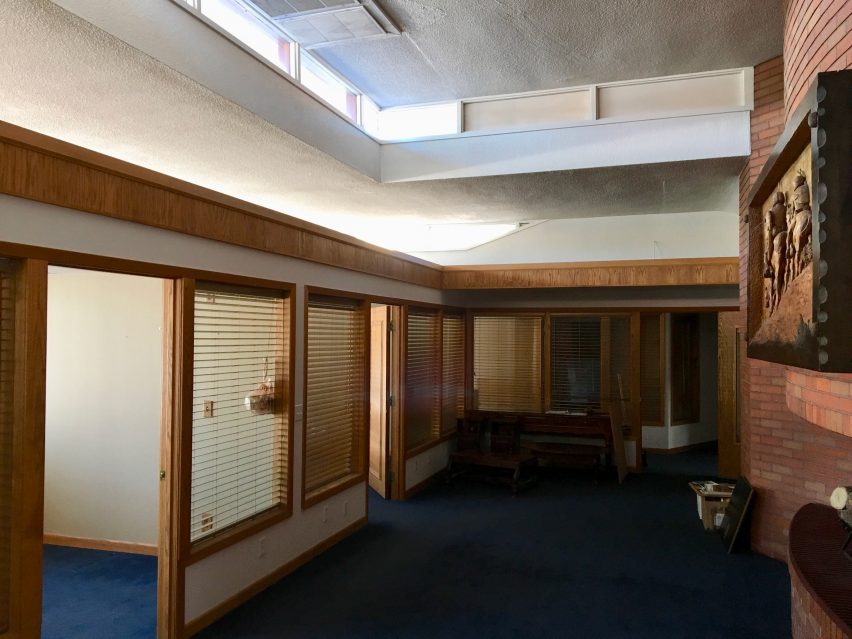
The Lockridge Medical Clinic is the first of the architect's intact buildings to be demolished since the 1970s, when his Francisco Terrace apartment building in Chicago and Munkwitz Apartments in Milwaukee met their demise in 1974.
The Little House II - a prairie-style residence in Wayzata – was also destroyed in 1972, and its remnants are housed in major art museums. Wright's WS Carr House in Miami was demolished in 2004, but had already received major alterations prior.
The fate of Lockridge Medical Clinic has also raised concerns for the future of other Wright buildings.
"This devastating situation underscores the vulnerability of all Wright-designed buildings that don't have some form of legal protection," said Gordon.
"Most preservation work happens on the local level," she continued. "The Frank Lloyd Wright Building Conservancy encourages concerned citizens to advocate for strong local preservation protections in their respective communities."
Photography is by Adam Jeselnick, unless stated otherwise.